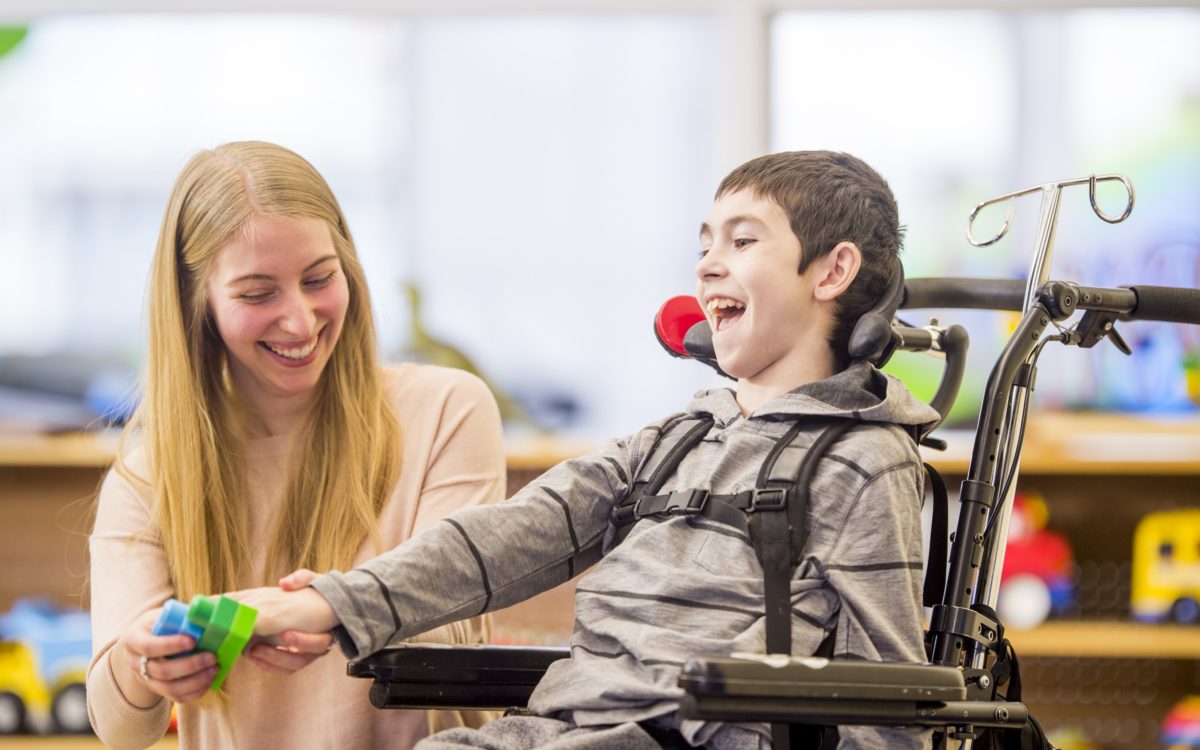The number of students in special education in the United States has doubled over the past 40 years, according to new data from the National Center for Education Statistics. The total number of students in special education increased from 3.6 million in the 1976–76 school year to almost 7.3 million in the 2021–22 school year — meaning students served under the Individuals with Disabilities Education Act now make up 15 percent of the K-12 student population across the country.
According to a Pew Research Center review of the data, the number of students receiving special education services did drop by 1 percent during the COVID-19 pandemic — the first decline in a decade — from 7.3 million to 7.2 million.
The decline likely reflects some of the learning difficulties and health concerns students with disabilities and their families faced during the height of the pandemic, which limited or paused special education services in many school districts, noted Pew research analyst Katherine Schaeffer.
“The decline in students receiving special education services was part of a 3 percent decline in the overall number of students enrolled in public schools between 2019–20 and 2020–21,” Schaeffer wrote. “While special education enrollment bounced back to pre-pandemic levels in the 2021–22 school year, overall public school enrollment remained flat.”
Other highlights from the data:
- The most common type of disability for preK-12 students involves “specific learning disabilities,” such as dyslexia. Nearly a third of students who received services under IDEA in 2021–22 had a specific learning disability, compared to 19 percent who had a speech or language impairment, and 15 percent who had a chronic or acute health problem such as heart conditions, asthma, epilepsy or something else that affected educational performance. Students with autism made up 12 percent of the nation’s schoolchildren with disabilities in 2021–22, compared to just 1.5 percent in 2000–01.
- The percentage of students receiving special education services varies widely across states, with New York serving the largest share in the country at 20.5 percent of its overall public school enrollment, compared to Hawaii with the lowest share at 11.3 percent.
- The racial and ethnic makeup of special education students across the country is similar to public school students overall, but 65 percent of students with disabilities are male and 34 percent are female. Overall student enrollment is split about evenly between boys and girls.
- During the 2020–21 school year, 40 percent of public schools that had a special education teaching vacancy reported that they either found it very difficult to fill the position or were unable to do so.





